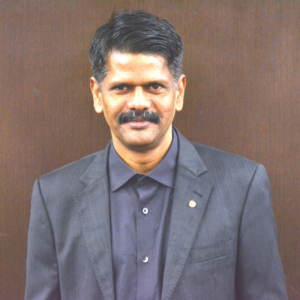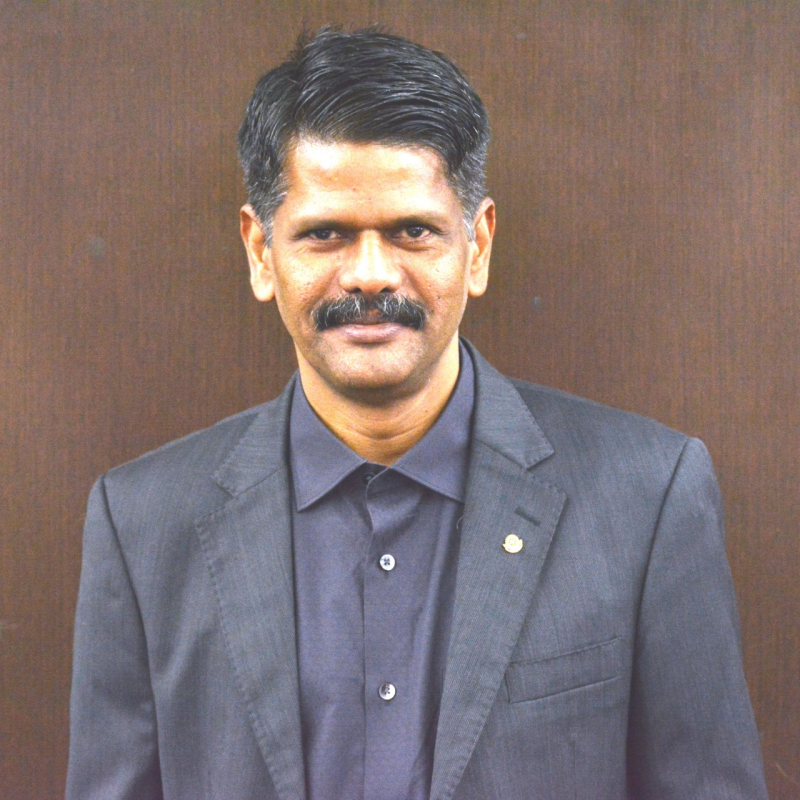I would say execution is the link between having a great business idea and obtaining business results. When organizations struggle to achieve what they set out to, then their execution is weak. More often than not it is felt that when it comes to execution, it’s the role of the shop floor manager. According to the Conference Board’s survey of 769 global CEOs from 40 countries, Excellence of Execution was rated as the top concern of CEOs of the 121 different challenges .
In the book “Execution” by Larry Bossidy and Ram Charan, they state that Execution is just not tactics, it is fundamental to strategy and has to shape it; and it is the major job of the Business Leader. The book goes on to explain that Execution is a systematic process of rigorously discussing hows and whats, questioning, tenaciously following through, and ensuring accountability. It includes making assumptions about the business environment, assessing the organization’s capabilities, linking strategy to operations and the people who are going to implement the strategy, synchronizing those people and their various disciplines, and linking rewards to outcomes.
If you sit through a management meeting of strategy or business review and what is discussed is just the a set of numbers met and the gaps, then I would say there is no “Execution” culture. If the enablers to achieve the results, the causes for failure and the solutions to bridge the gap are discussed; then there is an execution culture. And If Operational Excellence tools and approach is used to support the enables, then there is Excellence in Execution.
Organizations that embrace operational excellence have their Six Sigma belts, Lean Practitioners or personnel trained on any other improvement methodology, work on improvement projects and drive improvements by cutting costs or by increasing revenues. However if this doesn’t become a culture in the company and if all functional and business heads do not use the scientific approach in their plans and reviews for the regular business activity, then they are not really leveraging on the available knowledge and techniques. When leaders use scientific approaches then the business strategy evolved will be robust and in line with the corporate strategy and vision; there will be clear plans on how to execute the strategy and adhering to the plan will fetch the desired results.
To drive this point let’s look at an example, not from Business or Operations but from the Organizational Development and Learning area (OD&L ). If we see that year after year the organization comes up with new interventions, but they are not followed through and driven to a logical end, then it’s just waste of money and resources. The tools and initiatives may sound fancy to an external person, but did it make business sense is the question to be asked. For example, a company set up an Assessment Development Centre in year one, but instead of validating the gaps identified and implementing plans to close the gaps; chose to have a new initiative ( say 360 degree assessment) in year two. On the other hand what is desired is make sure that the right OD &L intervention is made first and foremost and then followed through to its logical conclusion. There should also be measures of effectiveness to ensure that there is a clear return on investment.
As stated in the book “Execution”, leaders who excel in execution immerse themselves in the substance of execution and even some of the key details. They use their knowledge of excellence to constantly probe and question.
I would say one way to see how robust execution has been in the past in the OD& L function would be to look at three years data, list all the interventions and see what impact they have made to the culture and business. Questions to ask are- has the money invested resulted in business improvement, enhanced knowledge and skill of people and has made positive behavioral changes in groups and individuals; or on the other hand,
has an intervention lead to de-motivation of good candidates, and has inconsistent approach caused loss of credibility of the management, and not made any significant improvement in business and behaviors.
When leaders are exposed to operational excellence tools or concepts they can apply them to excel in execution. For example an X Matrix approach can be used ( example given in the figure) to tie up the corporate objectives with that of the OD&L , and establish clear metrics to measure the results. These leaders can recognize the individual processes and understand the interlinks between the processes. They will begin to take decisions based on facts and find methods to verify outcomes and validate approaches; and focus on the return on investment made .
It is beyond the scope of this article to delve into the details of an X Matrix, but it can be noted that herein that all aspects are tied in very well in the matrix. The OD & L objectives is linked to and derived from the organizational objectives. The tactical activities to achieve the L&D goals and the related improvement priorities are also evolved.
Poor execution not only leads to loss in revenue due to inefficiencies, but huge customer dissatisfaction. Whenever we get upset with the telecom company or the airlines or the bank; it’s most likely not the fault of the front line staff or the call centre officer; but the reflection of a companywide poor execution culture.









Very good implementable insights are shared!
Very good article!